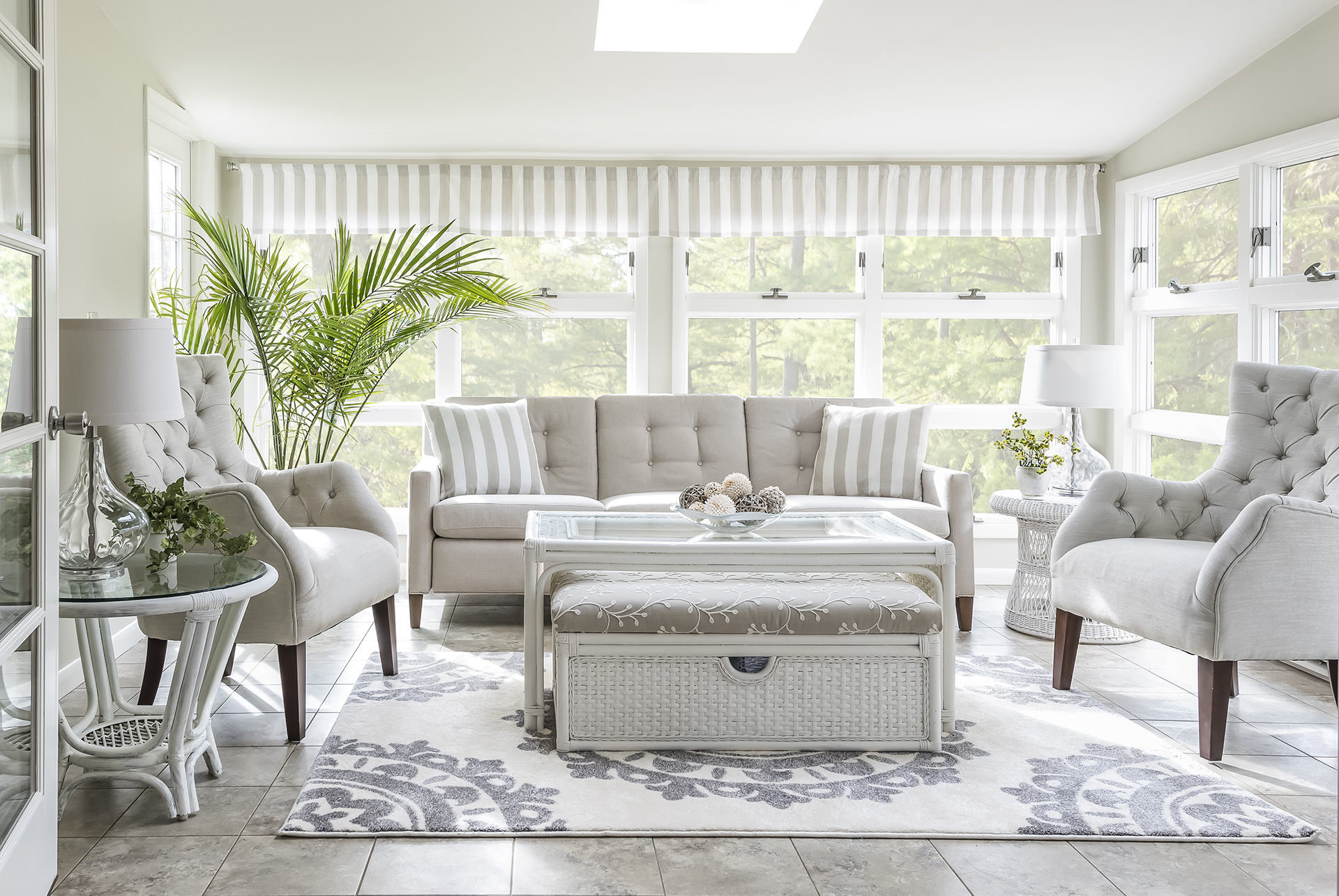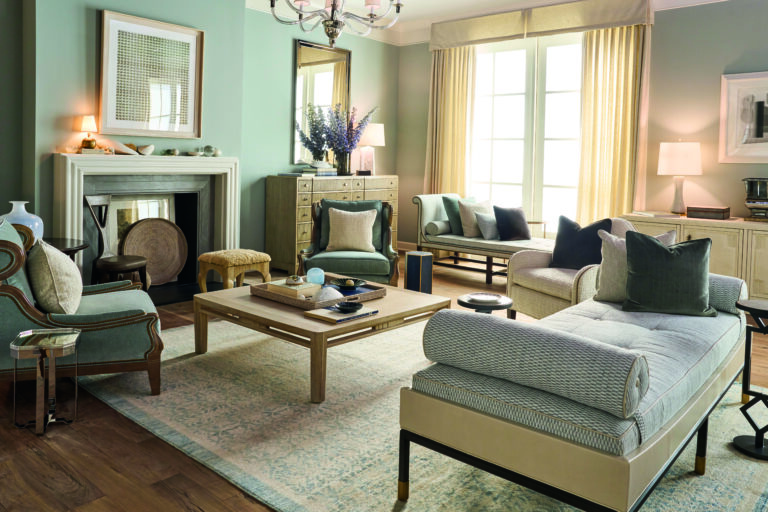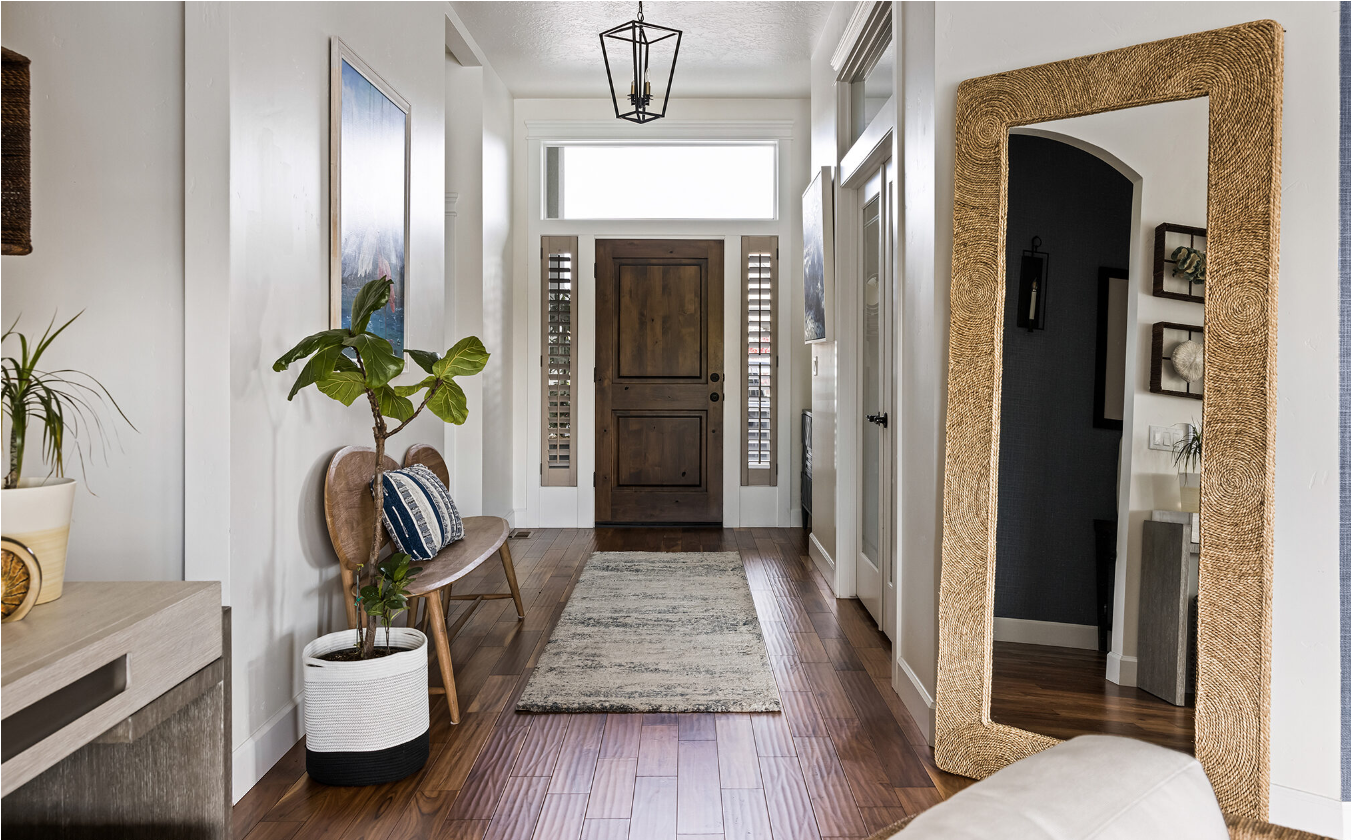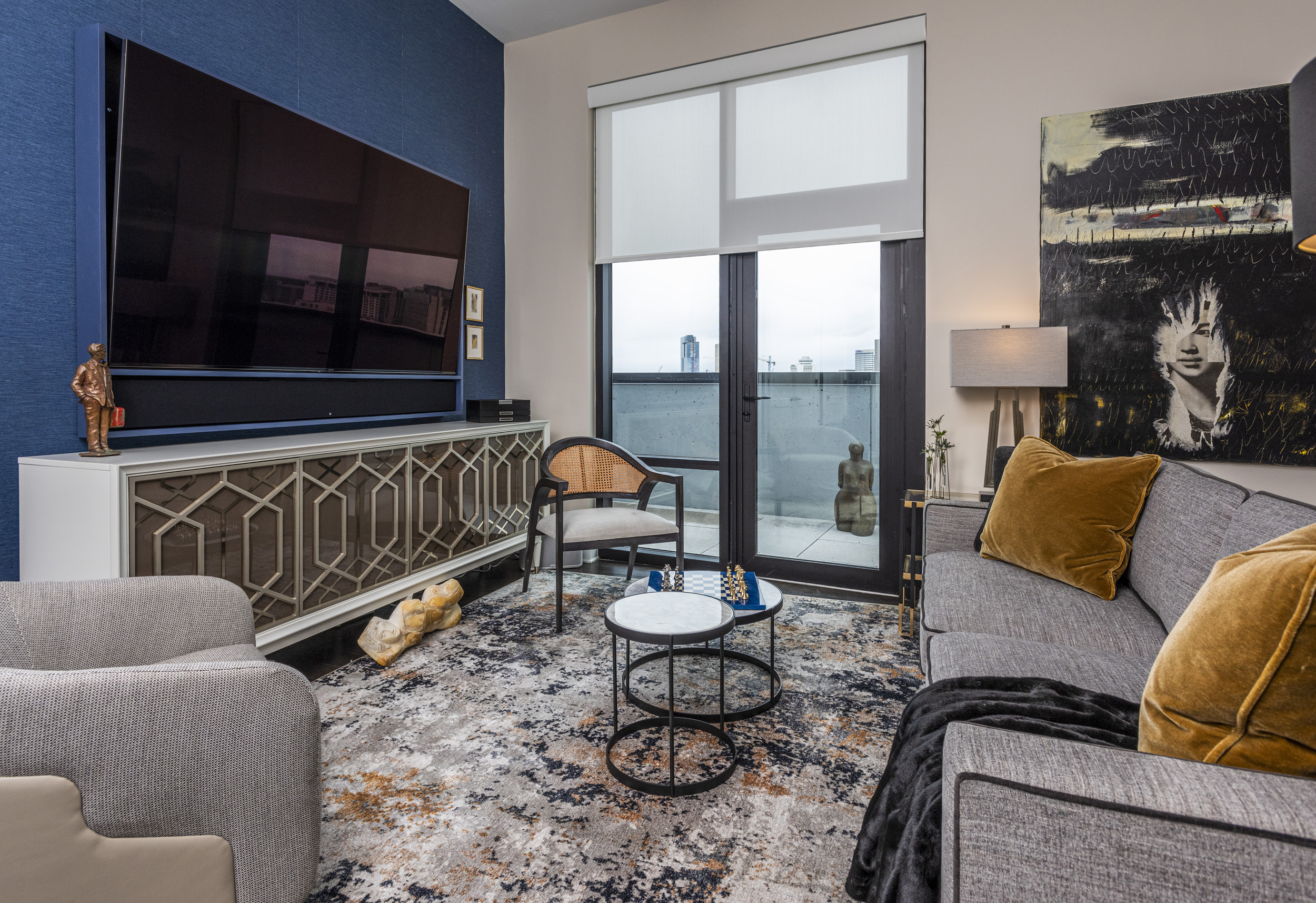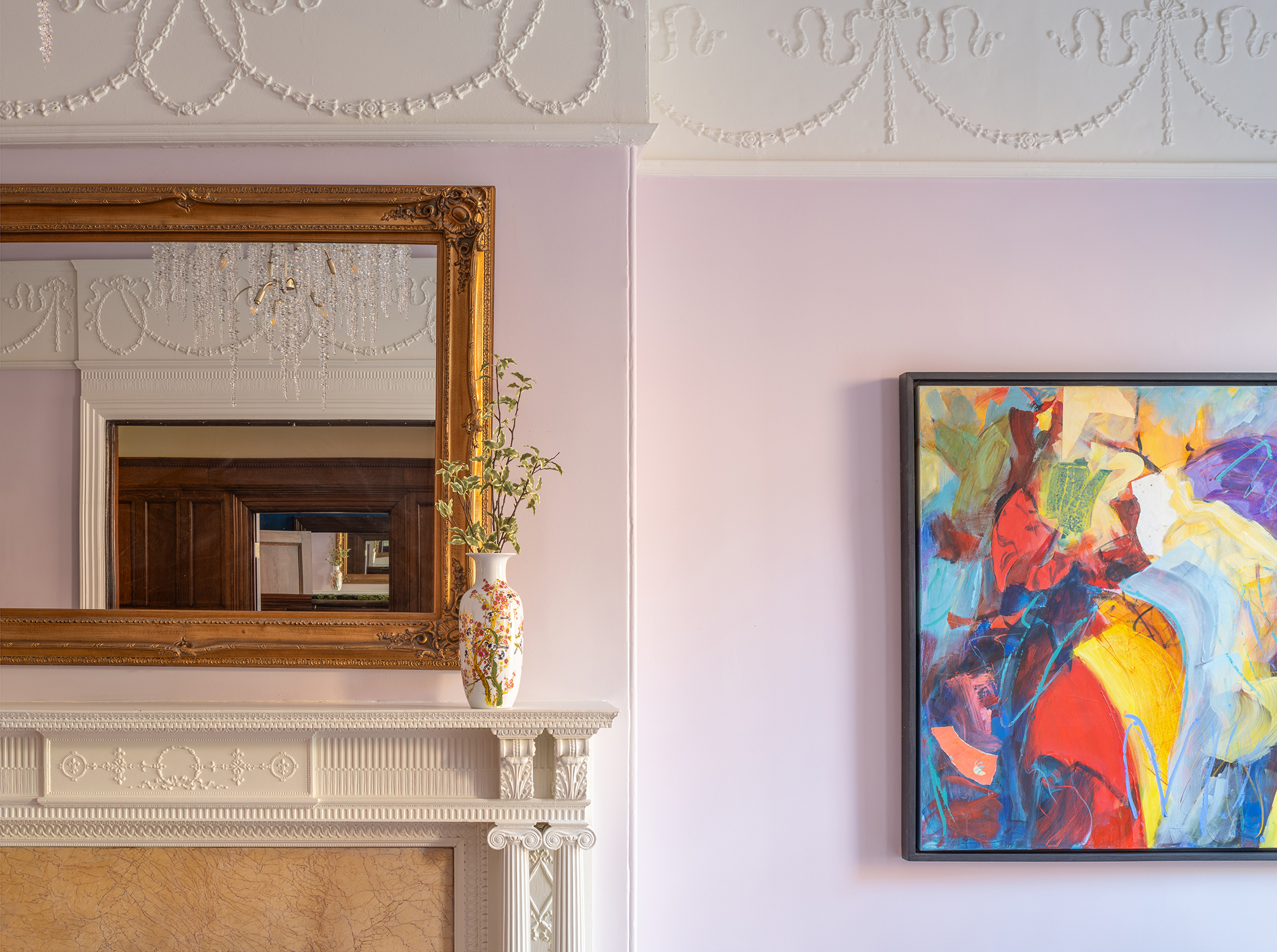Reading Time: 4 minutes
Biophilic design, which emphasizes nature and natural elements in our homes and workplaces, was a key trend at the recent High Point N.C. Home Furnishings Markets. The goal of biophilic design is to connect people and nature in the home environment. As calming, uplifting, and anxiety-reducing elements, its design elements are therapeutic. By bringing nature into the home, biophilic designs feature hues that mimic organic occurrences. There are many ways to achieve this, using such as curved walls, curved furniture, skylights, and natural elements.
A variety of colours, materials, shapes, and patterns are available when you select from a multitude of outdoor inspirations. Think lush plants, warm wood, cool stone, and water and light features. Biophilic design not only looks beautiful, but also boosts productivity, reduces stress, and boosts moods.
Nature’s calming influence
The Biophilic movement is based on the growing appreciation for nature and its calming effects. Painted nooks, moody wallpaper, warm wood tones, and rich, colourful upholstery are all examples of ways people try to create coziness and comfort at home. Soft, warm nuances are uplifting and dopamine-enhancing. As we design our homes, we want them to evoke nostalgic feelings, fond memories from our past, and feelings of longing, comfort, and warmth.
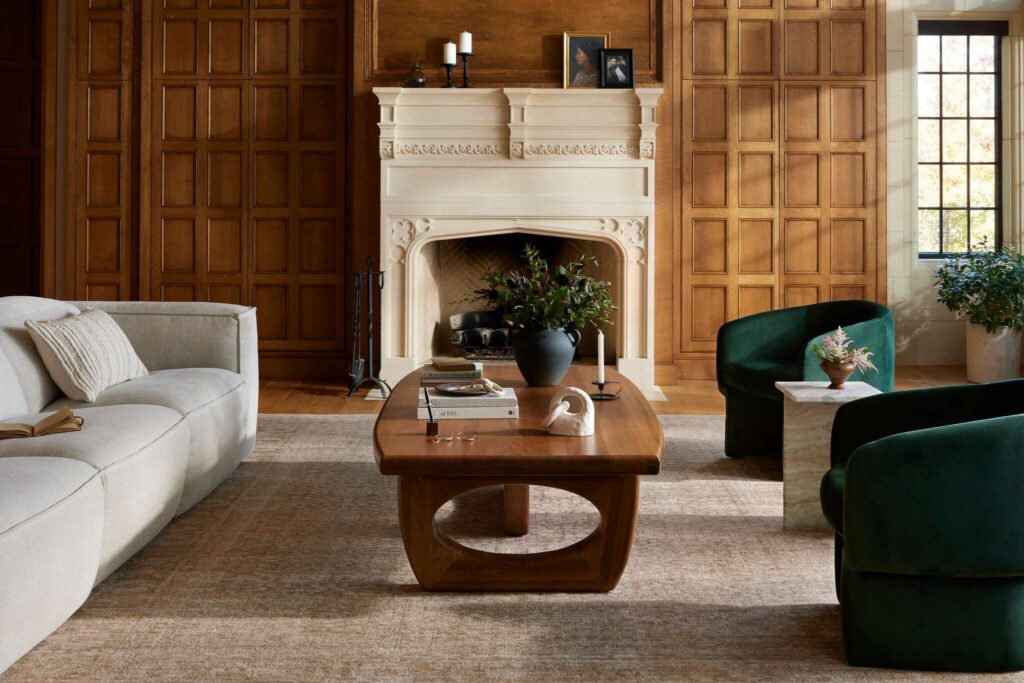
Nature takes center stage in biophilic design
As the season progresses, we will continue to see a cheerful bouquet of colours. It goes without saying that blues and greens are obvious colours for connecting with nature. In addition to these two popular hues, pink and yellow undertones are also prevalent. Nature-inspired or earthy tones are gaining popularity for interiors that are calming, relaxed, and welcoming. Colour schemes in bedrooms and dining rooms are increasingly using hues such as ochre, tan, taupe, light pink, and light grey.
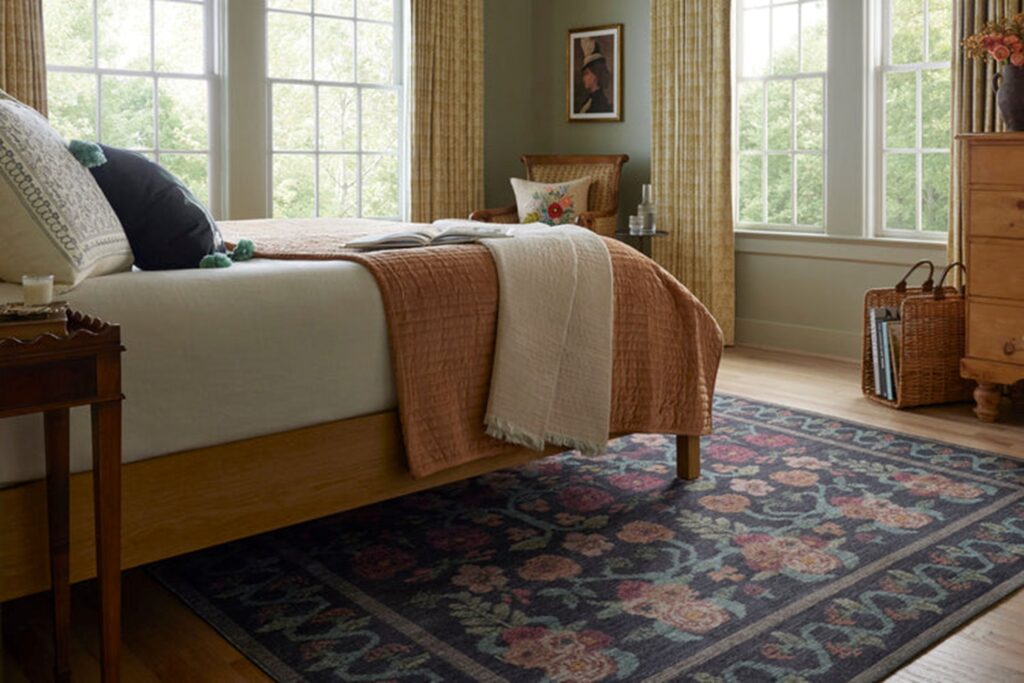
A combination of classic floral patterns and lattice patterns sits alongside textural solids and delicate small-scale patterns for easy layering. Buttercup yellows, corals, sage greens, clean blues, and earthy neutrals highlight the colour palette.
Details have become more important
The details of a room are what make it unique and interesting. Quality, identity, functionality, and care are all reflected in them. They create memories and tell stories. As with jewellery for your wardrobe, intricate details complete the décor of a room. In selecting furniture, there is a definite trend toward paying more attention to details.
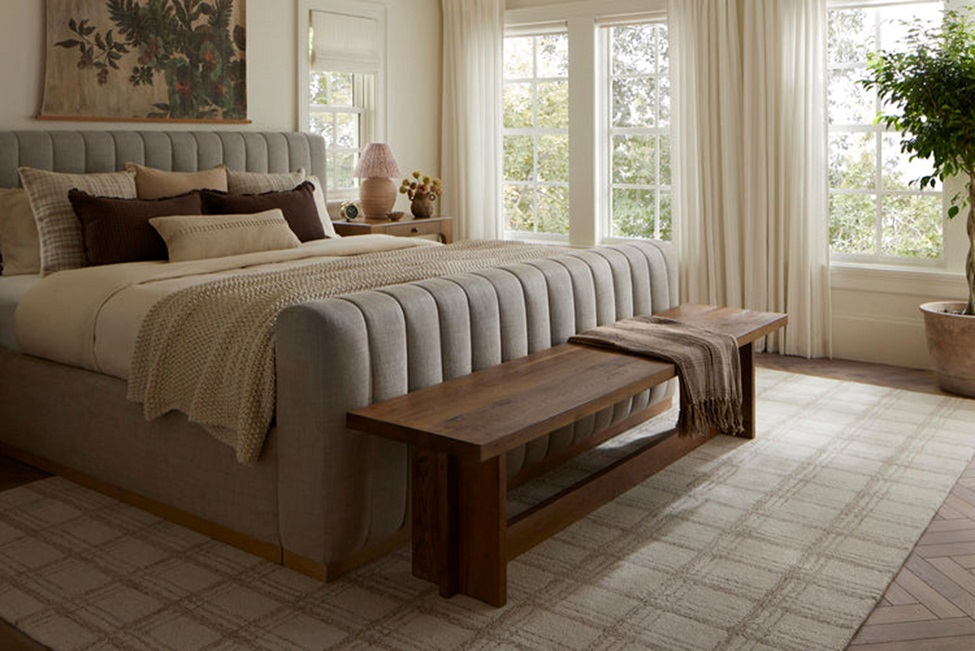
A room’s design is also enhanced by texture. We see mohair, dimensional yarns, and mixed yarn loops in fabrics to give them a softer personality. Shearling and Chenille are also continuing to be popular. In metals, burnished bronze and brown-based metals are more common than yellow or silver-based metals. In ironworks, a hand-forged look is becoming more prevalent. Honed stone feels softer, with raw edges that are softer. Raised grain and wire-bushed appearances continue to be seen in wood, creating a closeness to the material. Rattan splits are replaced by rush weavings and rush seating in natural materials.
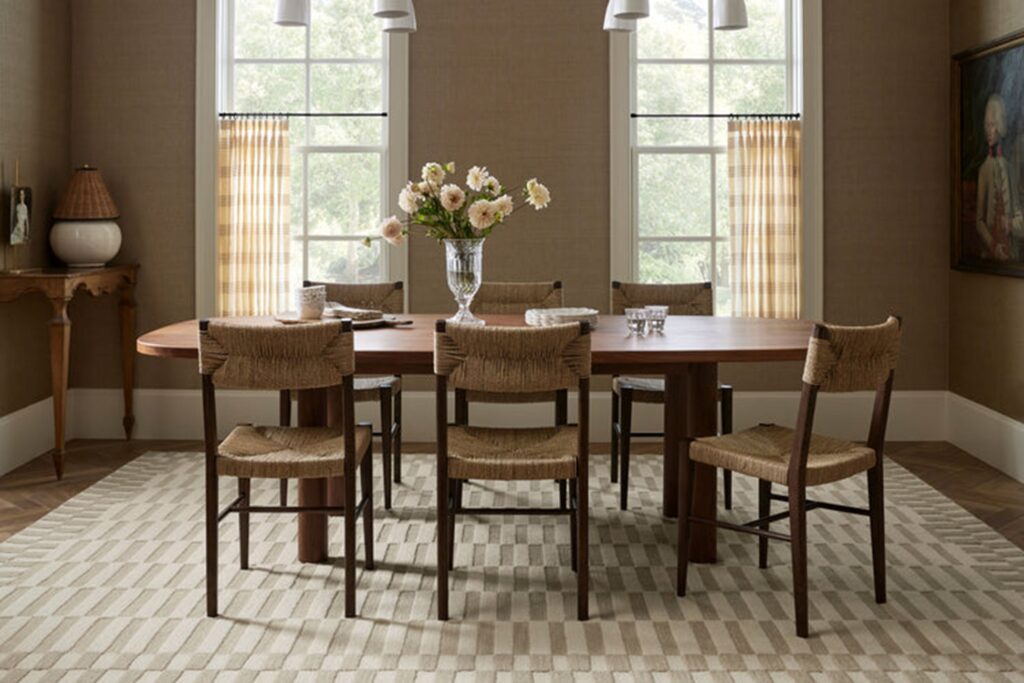
Glass is becoming more ombre, opalescent, and colourful. Whenever urns and vases or tabletop surfaces are used, tinted, milked, frosted, and shadows are a part of the story.
Soft lines and more farmhouse
Designers and homeowners alike are embracing furniture and home elements with soft lines this year. Curvilinear shapes and cocooning environments continue to dominate interior spaces. Our homes are our refuge and safe-haven in a turbulent world. There is a trend for cozy, comfortable living rooms or family rooms. The fluid movement of water is represented by curved lines. There are opportunities in furniture design to bring people back together; take, for instance, a curved sofa.
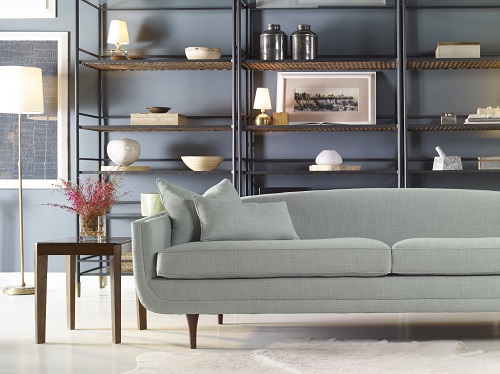 |
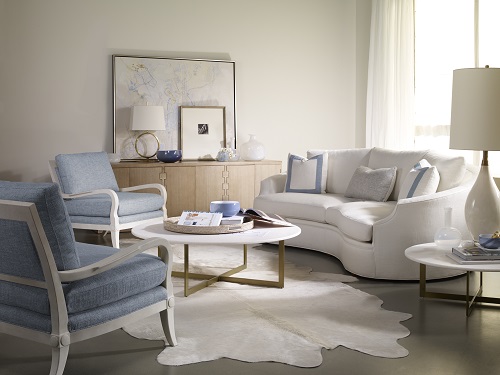 |
Yes, Farmhouse Design is still popular
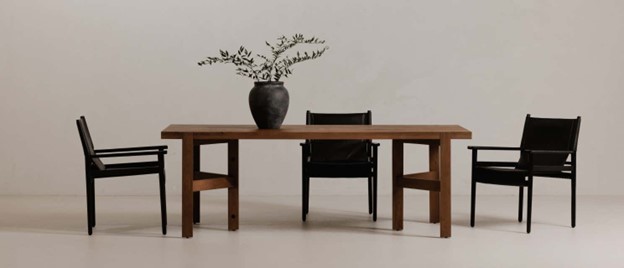
The farmhouse design of today incorporates smooth lines, glossy accents, and neutral colour schemes to achieve a relaxed and comfortable atmosphere. There is less rustic styling, more sophistication. Today’s farmhouse design includes sleek lighting, stainless steel appliances and granite countertops. As well as vintage and distressed furniture, it often uses natural materials, like wood, stone, and metal.
If you’re interested in incorporating biophilic design into your home, Saree and her team are more than happy to help! Contact us today and let’s get started!

